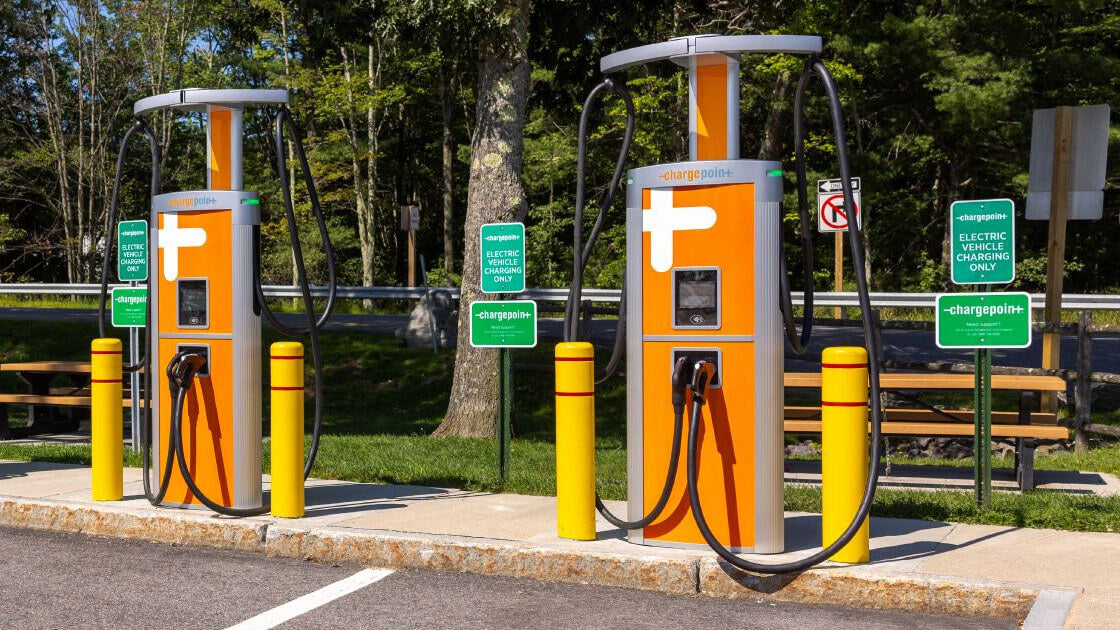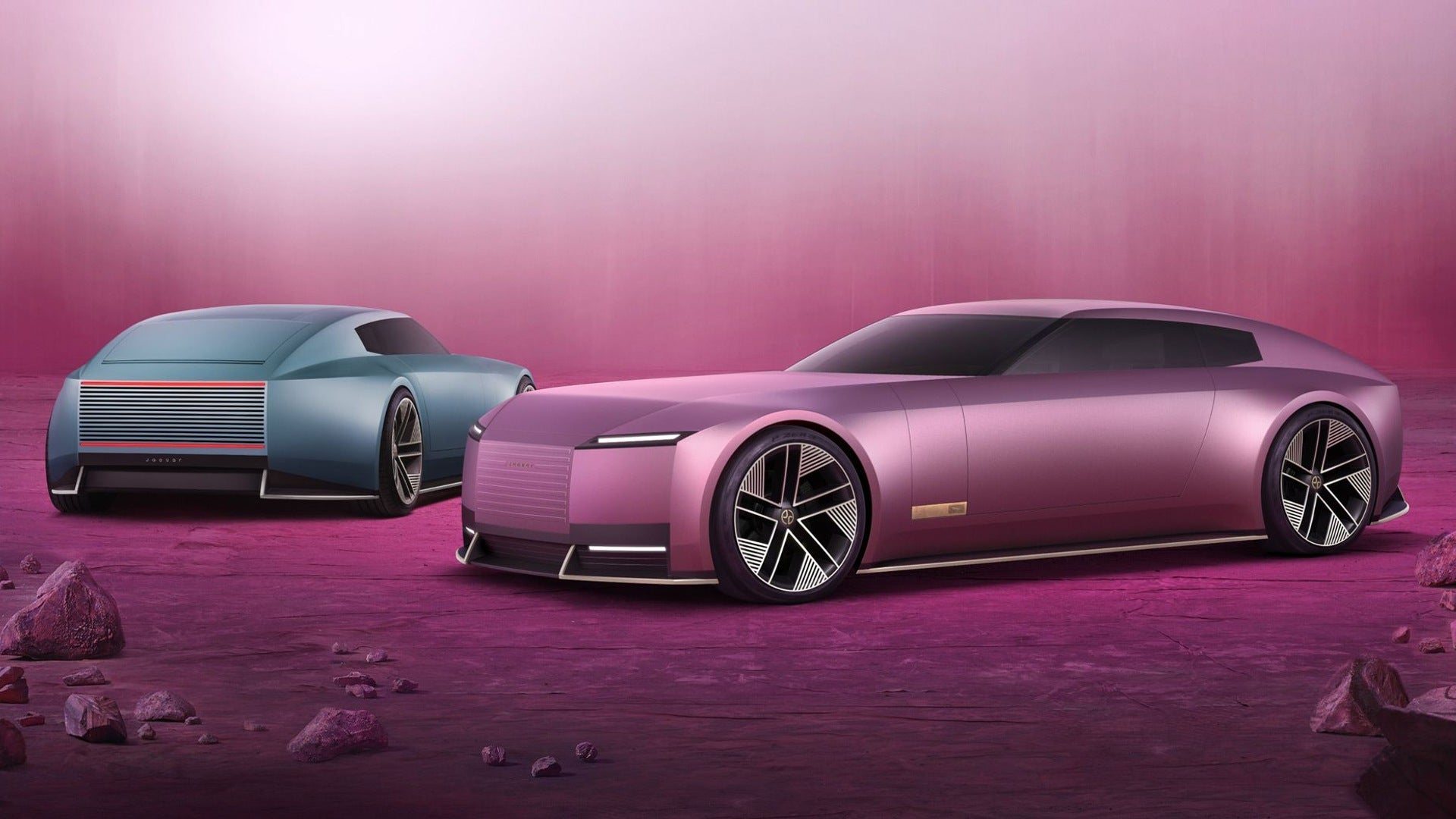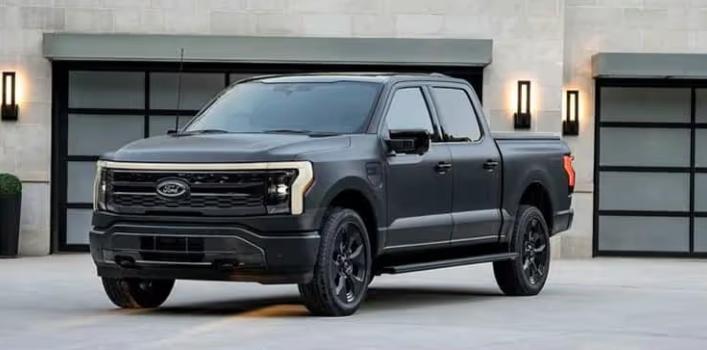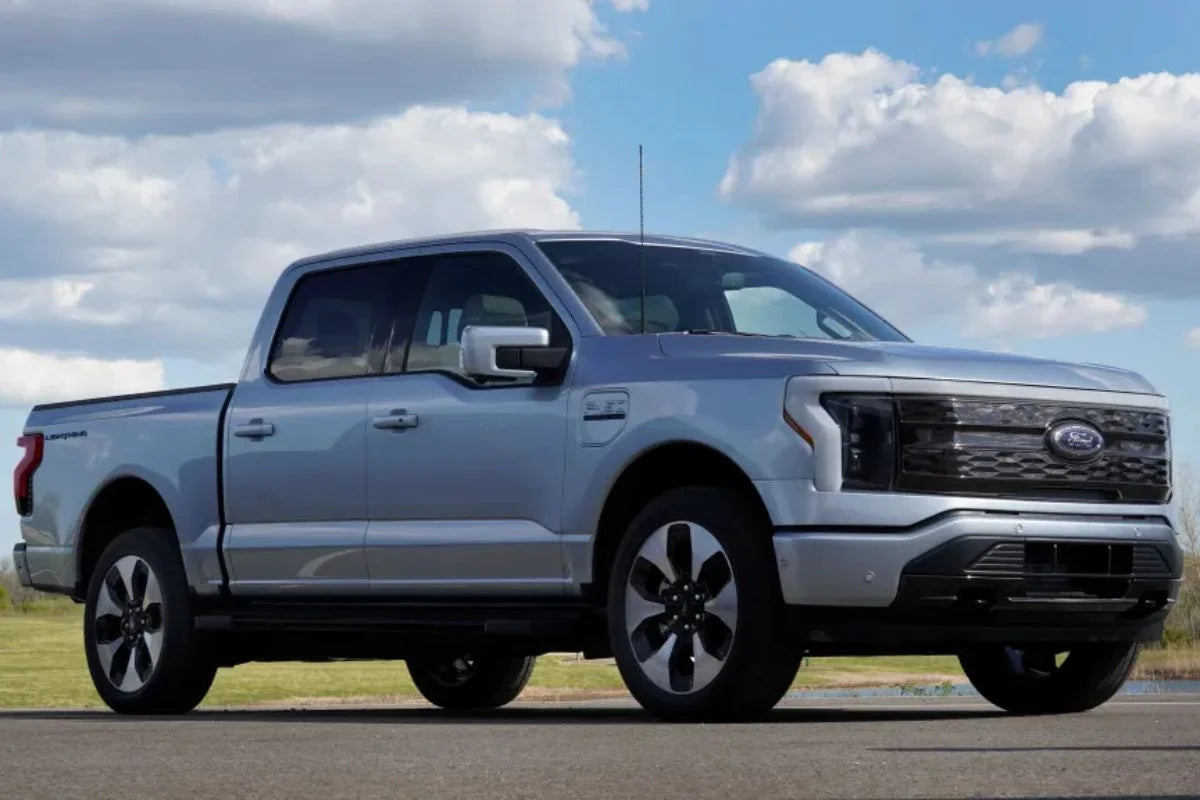Während die USA ihren Übergang zu sauberer Energie und emissionsfreiem Verkehr beschleunigen, sticht das Programm National Electric Vehicle Infrastructure (NEVI) als Eckpfeiler der Initiative hervor. NEVI wurde im Rahmen des im November 2021 verabschiedeten Bipartisan Infrastructure Law (BIL) ins Leben gerufen und soll ein landesweites, zuverlässiges und zugängliches Netzwerk von Ladestationen für Elektrofahrzeuge (EV) entlang der amerikanischen Autobahnen und Hauptverkehrsadern schaffen.
Fast drei Jahre nach Programmbeginn fragen sich die Beteiligten: Welche Fortschritte wurden erzielt? Welche Herausforderungen bleiben bestehen? Und was hält die Zukunft für NEVI und die Ladeinfrastruktur des Landes bereit?
Was ist das NEVI-Programm?
Im Rahmen des NEVI-Programms werden den Bundesstaaten über einen Zeitraum von fünf Jahren (2022–2026) fünf Milliarden US-Dollar für den Bau und die Instandhaltung von Gleichstrom-Schnellladestationen (DCFC) bereitgestellt, vor allem entlang ausgewiesener Korridore für alternative Kraftstoffe (AFCs) . Zu diesen Korridoren gehören Autobahnen und wichtige Staatsstraßen, die den Fernverkehr unterstützen.
Zu den wichtigsten Zielen von NEVI gehören:
-
Bau von Ladestationen alle 50 Meilen entlang von AFCs
-
Sicherstellen, dass sich jede Station im Umkreis von 1,6 km um die Autobahnausfahrt befindet
-
Mindestens vier 150-kW-DC-Schnellladegeräte pro Station erforderlich
-
Aufrechterhaltung einer 99%igen Verfügbarkeit des Ladegeräts
-
Unterstützung von Open Access und Zahlungsinteroperabilität
-
Priorisierung von in Amerika hergestellten Komponenten und Arbeitskräften
Diese Standards zielen darauf ab, die größten Hindernisse für die Einführung von Elektrofahrzeugen zu beseitigen: Reichweitenangst , Zuverlässigkeit der Ladegeräte und gleichberechtigter Zugang .
Aktueller Fortschritt der NEVI-Implementierung
Seit Juli 2025 hat die Einführung der von NEVI finanzierten Ladegeräte deutlich an Fahrt gewonnen, allerdings nicht ohne Verzögerungen und Unterschiede von Bundesstaat zu Bundesstaat.
1. NEVI-finanzierte Standorte in Betrieb
Nach Angaben der Federal Highway Administration (FHWA) und des Joint Office of Energy and Transportation sind über 500 NEVI-konforme Ladestationen entweder in Betrieb, im Bau oder in der Endphase der Beschaffung.
-
Erste NEVI-Station in Ohio im Dezember 2023 eröffnet
-
Texas, Kalifornien und Florida sind führend bei der Bereitstellung aktiver Standorte
-
Staaten wie Wyoming und North Dakota sind aufgrund geografischer und genehmigungstechnischer Komplexität langsamer
2. Mittelverteilung nach Bundesland
Alle 50 Bundesstaaten, DC und Puerto Rico haben ihre staatlichen Pläne zur Bereitstellung der EV-Infrastruktur im Jahr 2022 eingereicht und genehmigt bekommen. Die NEVI-Mittel werden jährlich auf der Grundlage einer Formel zugeteilt, die die Bevölkerungszahl und die Autobahnkilometer berücksichtigt.
Für das Haushaltsjahr 2025 wurden bereits über 1,25 Milliarden US-Dollar ausgeschüttet. Hier ist ein Beispiel für die Zuteilung:
| Zustand | Gesamte NEVI-Zuweisung (2022–2026) | Verpflichtete Mittel (Stand: Q2 2025) |
|---|---|---|
| Kalifornien | 384 Millionen US-Dollar | 210 Millionen US-Dollar |
| Texas | 407 Millionen US-Dollar | 245 Millionen US-Dollar |
| New York | 175 Millionen US-Dollar | 120 Millionen US-Dollar |
| Florida | 198 Millionen US-Dollar | 137 Millionen US-Dollar |
3. Öffentlich-private Partnerschaften (ÖPP)
Um die Umsetzung zu beschleunigen, arbeiten viele Bundesstaaten mit privaten Anbietern wie EVgo, ChargePoint und Electrify America zusammen . Diese Unternehmen stocken häufig die NEVI-Mittel auf, um die öffentlichen Ausgaben zu senken und die Skalierbarkeit des Netzwerks zu erhöhen.
Herausforderungen für das NEVI-Programm
Trotz seiner Bedeutung verläuft die Einführung von NEVI nicht ohne Komplikationen. Die folgenden Probleme beeinträchtigen den Fortschritt weiterhin:
1. Genehmigungsverzögerungen und Netzbeschränkungen
Lokale Genehmigungsvorschriften, Umweltprüfungen und Herausforderungen bei der Netzanbindung verzögern in manchen Regionen die Installation. Die Erweiterung der Netzkapazität – insbesondere in ländlichen oder älteren städtischen Korridoren – kann Monate dauern.
2. Fertigung und Lieferkette
NEVI schreibt vor, dass Ladegeräte in den USA montiert werden und den Buy America -Anforderungen entsprechen müssen. Infolgedessen hat die Ladegeräteproduktion Schwierigkeiten, die Nachfrage zu decken, insbesondere aufgrund von Komponentenmangel und begrenzter inländischer Kapazität.
3. Standardisierungskonflikte
Obwohl NEVI ursprünglich CCS-Anschlüsse (Combined Charging System) betonte, hat die massenhafte Einführung des NACS (North American Charging Standard) – angeführt von Tesla, gefolgt von Ford, GM und anderen – zu Kompatibilitätsproblemen geführt. Das Joint Office arbeitet nun daran, die NACS-Unterstützung bis 2026 in die NEVI-Richtlinien zu integrieren.
Richtlinienentwicklung und -aktualisierungen im Jahr 2025
Die aktualisierten Leitlinien des US-Verkehrs- und Energieministeriums vom Juli 2025 führten mehrere wichtige Änderungen ein:
-
Anforderung für doppelte Anschlüsse : Neue NEVI-Sites müssen jetzt sowohl CCS- als auch NACS-Anschlüsse enthalten
-
Bereitstellung von Gerechtigkeit im ländlichen Raum : Zusätzliche Anreize für die Installation von Ladegeräten in unterversorgten Gebieten
-
Dynamische Preismodelle : Förderung der Verlagerung des Ladevorgangs von Elektrofahrzeugen in die Nebenzeiten
-
Datentransparenz : Betreiber müssen die Verfügbarkeit und Betriebszeit von Ladegeräten in Echtzeit melden
Diese Anpassungen zielen darauf ab, sowohl die Benutzerfreundlichkeit als auch die Gerechtigkeit zu verbessern und sicherzustellen, dass NEVI eine breite Palette von Benutzern und Fahrzeugen unterstützt.
Die Rolle von NEVI bei der breiteren Umstellung auf Elektrofahrzeuge in den USA
NEVI ist ein grundlegender Baustein für das Ziel der Biden-Administration, bis 2030 landesweit 500.000 öffentliche Ladestationen für Elektrofahrzeuge zu errichten. Obwohl NEVI allein diese Zahl nicht erreichen wird, ergänzt es:
-
2,5 Milliarden US-Dollar schweres Community Charging Grant Program (zielt auf lokale und städtische Bedürfnisse ab)
-
Steuergutschriften gemäß Inflation Reduction Act (IRA) für die Installation von Ladegeräten zu Hause und im gewerblichen Bereich
-
Staatliche Mandate, die eine EV-Infrastruktur in Neubauten vorschreiben
NEVI spielt auch eine zentrale Rolle beim zwischenstaatlichen Elektromobilitätsverkehr . Durch die Konzentration auf Langstrecken wird die „Reichweitenangst“ verringert und Elektrofahrzeuge für Fahrer in ländlichen Gebieten und Vororten attraktiver.
Was als Nächstes zu erwarten ist: Ausblick 2025–2026
1. Beschleunigte Konstruktion
Angesichts der Modernisierung der Versorgungsunternehmen und der Ausweitung der Produktion erwarten Experten, dass sich die Installationsraten in der zweiten Hälfte des Jahres 2025 verdoppeln werden . Bis Mitte 2026 soll NEVI landesweit über 3.000 Schnellladestationen unterstützen.
2. NACS-Integration abgeschlossen
Mit der offiziellen NACS-Zertifizierung durch die SAE Ende 2024 wird die nächste Welle von NEVI-Ladegeräten sowohl Tesla- als auch Nicht-Tesla-Fahrzeuge nativ unterstützen, wodurch der Zugang erweitert und die Abhängigkeit von Adaptern verringert wird.
3. Wettbewerb im privaten Sektor
Da NEVI-Standorte zum neuen Standard werden, verbessern private EV-Netzwerke ihre eigenen Angebote, um wettbewerbsfähig zu bleiben – sie verbessern die Betriebszeit, senken die Preise und erweitern die Abdeckung.
EVDANCE: Unterstützung von NEVI-fähigen Lösungen
Für Fahrer von Elektrofahrzeugen, die vom NEVI-Ausbau profitieren möchten, bietet EVDANCE Ladezubehör an , das vollständig mit CCS- und NACS-Netzwerken kompatibel ist:
-
EVDANCE Pulse Fusion NACS-Adapter – Nahtloses Laden an Tesla Superchargern und NEVI-konformen Standorten
-
EVDANCE 40A Level 2 Heimladegerät – intelligent, UL-zertifiziert und NEVI-interoperabel
-
Tesla-Verlängerungskabel 40 Fuß – Ideal für diejenigen, die Heimladegeräte in einiger Entfernung vom Parkplatz installieren
Diese Tools helfen dabei, die Lücke zwischen öffentlichem und privatem Laden zu schließen und maximieren Komfort und Effizienz für jeden Elektrofahrzeugbesitzer.
Abschluss
Das Programm „National Electric Vehicle Infrastructure“ (NEVI) ist ein bahnbrechender Schritt zum Aufbau einer widerstandsfähigen, zugänglichen und zukunftssicheren Ladeinfrastruktur für Elektrofahrzeuge in den USA. Zwar bleiben Herausforderungen bestehen, doch die Fortschritte – unterstützt durch Bundesinvestitionen, die Zusammenarbeit der Bundesstaaten und private Innovationen – stellen eine der ehrgeizigsten Infrastrukturreformen der letzten Jahrzehnte dar.
Da die Leitlinien für 2025 nun NACS, die Ausweitung des ländlichen Raums und eine verbesserte Benutzererfahrung berücksichtigen, ist NEVI bereit, zum Rückgrat des nationalen Ladenetzes für Elektrofahrzeuge zu werden – es verbindet Staaten, stärkt die Verbraucher und elektrifiziert künftig die amerikanischen Straßen.
Empfohlene Lektüre: Das Aufkleberprogramm für Fahrgemeinschaftsspuren für Elektrofahrzeuge in Kalifornien endet mit einer zweimonatigen Schonfrist








Aktie:
Den Übergang zu Elektrofahrzeugen vorantreiben: Tiefer Einblick in die US-Netzkapazität und das Lastmanagement von Elektrofahrzeugen ⚡️
Den neuen Zinsabzug für Elektroautokredite verstehen